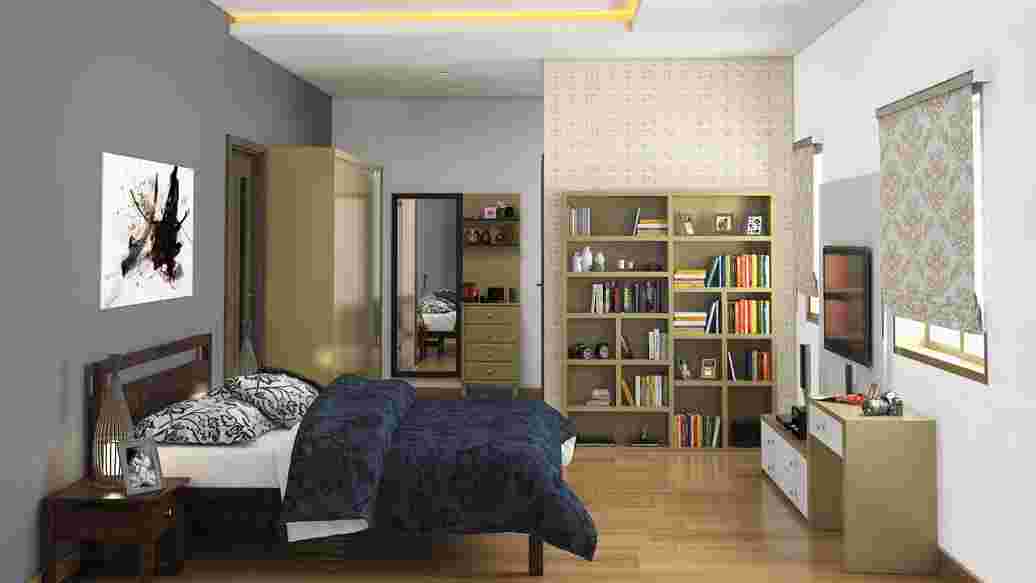


Learn how to design modern Indian homes that follow Vastu Shastra. Room-wise tips, colors, layout suggestions & more.
Vastu Shastra, the ancient Indian science of architecture and design, has long been a guiding principle in Indian homes. While many believe it’s all about spirituality, Vastu is deeply rooted in balancing energy, optimizing space, and improving overall well-being. In today’s modern world, where design preferences lean toward minimalism and functionality, the challenge is to blend traditional Vastu guidelines with contemporary interior styles. Fortunately, it’s not only possible—it’s incredibly impactful.
Many modern homeowners in India, especially in cities like Hyderabad, Bengaluru, and Mumbai, are now realizing the psychological and energetic benefits of Vastu. Whether you’re building a new home or renovating an existing one, designing your interiors with Vastu in mind can lead to:
Enhanced peace and harmony
Better natural light and ventilation
Improved financial and emotional stability
Optimized space utilization
Even leading interior designers in Hyderabad now integrate Vastu principles with luxury and modern aesthetics, creating homes that are both stylish and balanced.
Let’s break down the most important Vastu tips for different parts of your home and how they can be adapted in a modern setting:
Vastu Tip: The living room should ideally be in the north or east direction.
Modern Take: Choose light-colored walls (cream, white, or pastel shades) to reflect positivity. Place seating in such a way that guests face north or east while sitting.
Vastu Tip: The southeast direction is best for kitchens since it’s associated with Agni (fire).
Modern Take: Use vibrant tones like orange or red in moderation for accessories or backsplashes, and avoid placing stoves directly opposite sinks (water-fire clash).
Vastu Tip: Master bedrooms should be in the southwest direction.
Modern Take: Use calming tones like blue, grey, or earthy neutrals, and avoid mirrors directly facing the bed. Ensure your headboard is placed against a solid wall.
Vastu Tip: The northeast corner is considered sacred and ideal for prayer rooms.
Modern Take: Design a compact yet serene pooja space with wood or marble elements, soft lighting, and keep it clutter-free.
Vastu Tip: These should be located in the west or northwest direction.
Modern Take: Use light tiles, ensure good ventilation, and place exhaust fans or air purifiers to maintain air quality and energy balance.
Vastu also considers the material used in home interiors. Here’s how you can blend ancient wisdom with current design trends:
Wood: Great for doors, furniture, and flooring – brings warmth and positive energy.
Marble & Granite: Perfect for floors and kitchen countertops; marble is considered highly auspicious for pooja rooms.
Mirrors: Useful for expanding visual space but should be carefully positioned (avoid placing them in front of the bed or entrance).
Colors significantly influence mood and energy. Here are Vastu-approved shades based on rooms:
Living Room: Beige, light yellow, or green
Bedroom: Light pink, blue, or grey
Kitchen: Orange, brick red, or light yellow
Study Room: Green or white for concentration
Pooja Room: White, cream, or pale yellow
Modern designers now offer Vastu-compliant color palettes that work well with contemporary themes like Scandinavian, modern minimalism, and Indo-western fusion.
One common myth is that Vastu forces you to sacrifice design aesthetics. That’s not true. With the right interior designer, you can easily merge Vastu with modern layouts. Here’s how:
Use movable partitions to align certain areas without construction changes.
Opt for modular furniture that can be repositioned as per Vastu.
Include Vastu-friendly plants like tulsi, money plant, and bamboo.
Install soft lighting, calming artwork, and directional décor as per guidelines.
Creating a Vastu-compliant interior doesn’t mean you must stick to traditional decor. With smart planning and modern interpretations, you can have a stylish, functional, and energy-balanced home. Whether you live in a cozy apartment in Hyderabad or a luxury villa in Pune, the principles of Vastu can align your living space with positive energy and peace—without compromising your design dreams.
If you’re planning to design or renovate your space, consult with interior designers who specialize in Vastu-based designs for modern homes. The right guidance can help you achieve a home that not only looks beautiful but also feels right.
